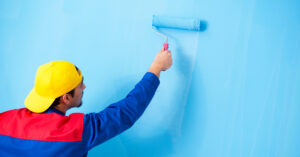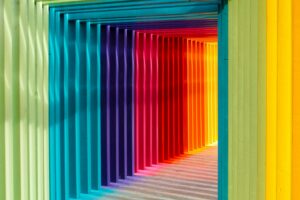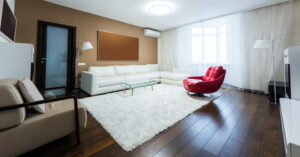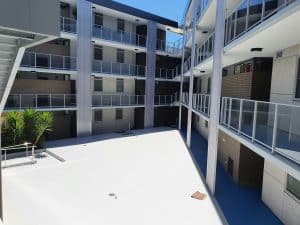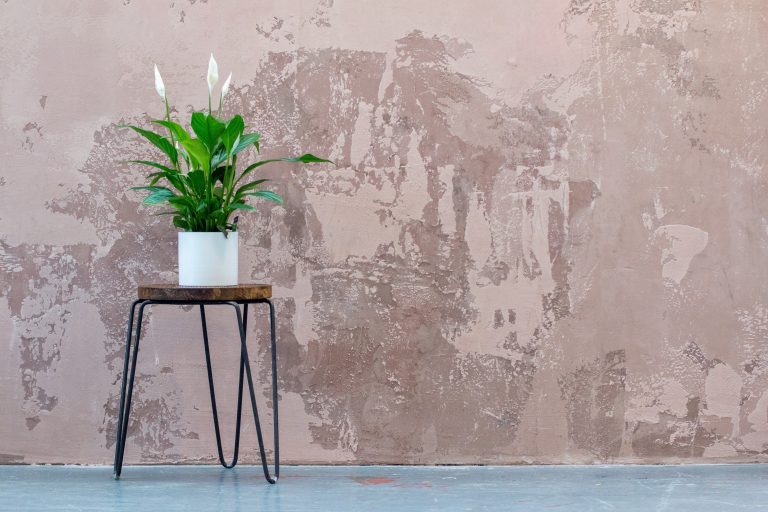
DIY painting might seem easy enough, but in reality, one has to consider many things that can go wrong even when you are doing your best to prepare. This is the main reason why reaching out to professional house painters in Perth can deliver you great results without any stress. For a high-quality coat, the right tools, technique are the essential factors needed.
8 Potential DIY painting problems
Many people forget about the necessary factors before they dive in and find out why it must be left to the painters in Perth WA. Therefore, before you pick up the paintbrush, you first have to consider the common problems with DIY painting.
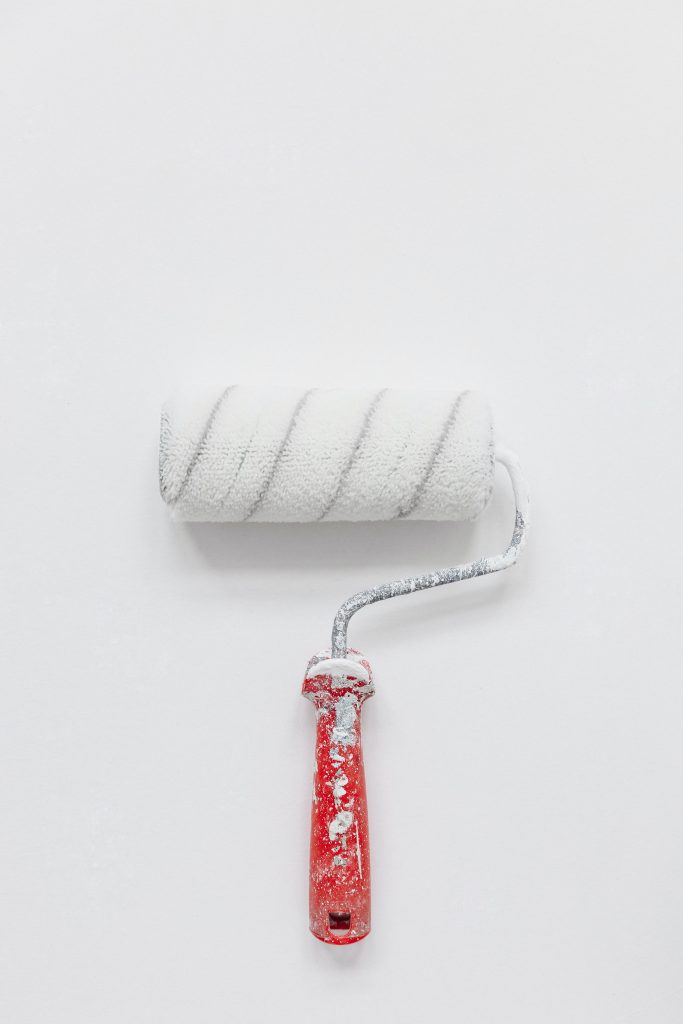
- Not prepping
The first step is to prepare for DIY painting because if you don’t move the furniture, cover the floors, and get everything together, and it will do extra work for you. Making a checklist of all the requirements and figuring out when you might need it to get everything in advance can be wise.
- Using cheap brushes and rollers
Many people make a big mistake by starting with painting tools that are of average quality. When you use cheap brushes and rollers, they make a noticeable difference as they might leave the patchy areas and loose bristles behind. The only way to give your home a professional look is to invest in high-quality tools.
- Forgetting to wash your walls
Another common problem regarding DIY painting is forgetting to give a good cleaning to the walls before starting. Even though your walls might appear in good condition, they usually house many dirt, dust, and grime over the years. Without giving a thorough wipe, this might prevent the paint from adhering to the surface properly.
- Overlooking primer
Many people consider primer to be an unnecessary step, but in reality, it is one that you should not skip over. Primer can be helpful for your paint to stick to the wall more easily. It also saves money and time when it is about adding extra coats of paint.
- Using the wrong paint
When you are trying to work on sprucing up your kitchen’s look, the last thing you would be doing is applying flat paint because the finish will be much harder to keep clean. Semi-glosses or washable satins usually are better suited for such spaces. When you use the wrong paint, it can waste your time and be expensive, so you have to research and talk to the expert painters WA.
- Skipping any drop cloths
Many people leave their floor and furniture unprotected, which is a regret that they don’t forget. Even if the painter stays very careful, paint tends to end up everywhere. As annoying it may look, this common DIY painting problem should be a simple one to avoid.
- Skip using painter’s tape
Many people skip the painter’s tape step as it requires effort and time to apply. However, it can be one of the biggest mistakes made during painting. The only way to get clean and sharp lines is by using tape around the edges. This way, you can also prevent the bleeding paint from reaching down to the floorboards.
- Not treating wallpaper
Many people make a common mistake by introducing their wallpaper to a layer of water-based paint, primarily because it can reactivate the glue and therefore result in peeling. This way, you will not be able to get a consistently smooth finish.
How to fix the DIY painting problems
- Painters tape mistake
Many people either don’t apply the painter’s tape or leave it for too long. It is best to remove the tape about an hour after finishing paint to avoid the paint chips. You also have to make sure that the paint doesn’t touch the wet wall when you remove it.
- Lint in the paint
Before painting again, it is better to wash the roller in warm and soapy water. You can then run a complete roll of packing tape to ensure that the roller is lint-free. When the paint is completely dry, use a sanding block to sand the lint off the wall.
- Paint patching issues by not using primer
Many people don’t prime the filled area before they paint. That is why they see a blended finish. It is essential to use a good primer if there are any patched spots. The best possible way to do this is to apply a coat of primer over the filled area.
